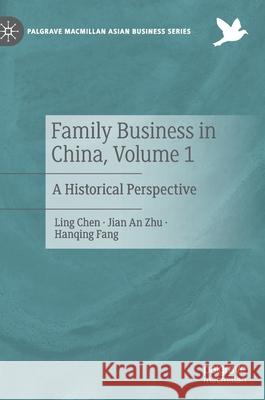Family Business in China, Volume 1: A Historical Perspective » książka
topmenu
Family Business in China, Volume 1: A Historical Perspective
ISBN-13: 9783030513948 / Angielski / Twarda / 2020 / 182 str.
Family Business in China, Volume 1: A Historical Perspective
ISBN-13: 9783030513948 / Angielski / Twarda / 2020 / 182 str.
cena 523,30
(netto: 498,38 VAT: 5%)
Najniższa cena z 30 dni: 501,19
(netto: 498,38 VAT: 5%)
Najniższa cena z 30 dni: 501,19
Termin realizacji zamówienia:
ok. 22 dni roboczych
Dostawa w 2026 r.
ok. 22 dni roboczych
Dostawa w 2026 r.
Darmowa dostawa!
Kategorie:
Kategorie BISAC:
Wydawca:
Palgrave MacMillan
Seria wydawnicza:
Język:
Angielski
ISBN-13:
9783030513948
Rok wydania:
2020
Wydanie:
2021
Numer serii:
000415205
Ilość stron:
182
Waga:
0.39 kg
Wymiary:
21.01 x 14.81 x 1.27
Oprawa:
Twarda
Wolumenów:
01
Dodatkowe informacje:
Wydanie ilustrowane











